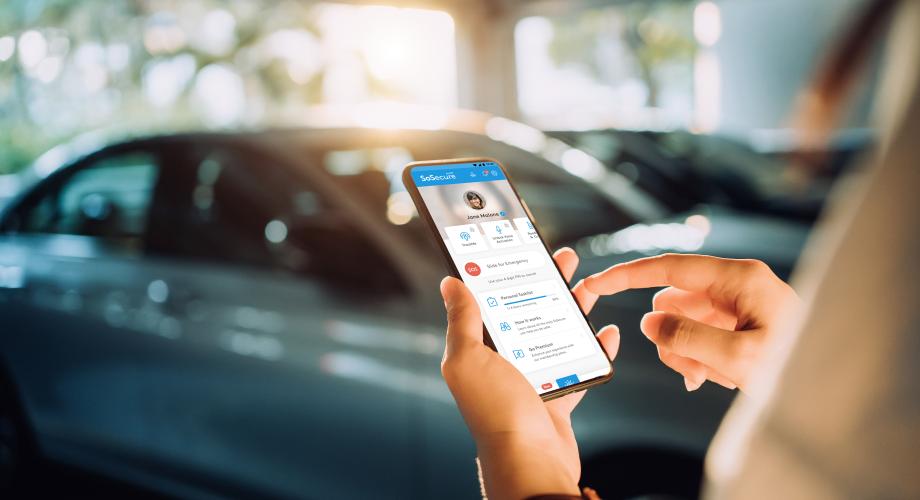The topic of personal safety has come to the fore in recent years and with good reason. It’s not just the perception we get from consuming different forms of media. According to a recent study by the LR Foundation, personal safety has declined over the past 10 years, and our belief in how safe we feel has changed with it. Today, nearly 40% of people in the U.S. feel less safe than they did just three years ago, up from 27%.
And it’s easy to understand why. From the COVID pandemic to gun violence to an unstable political climate, there seem to be more major factors that affect our physical and mental wellbeing every day, in unprecedented ways.
It presents both a desire and opportunity to help more people feel safer.
The methods are there to add personal safety to the multifamily industry
Identifying trends and acting upon them is nothing new to the multifamily industry. Whether it was moving to add environmentally responsible upgrades or design to existing or new buildings, or designing for more multi-generational living under one roof, the industry has shown an ability to respond and meet people where and how they live.
Personal safety is the next wave. And it should be a primary goal of property owners and managers to identify ways to build or add personal safety – for both residents and staff – into their buildings and operations moving forward.
Here are a few ways you can take steps to improve everyone’s safety.
Making your staff safer
Most likely, the majority of your staff members are ill-equipped and unprepared for serious emergencies. Training programs are a great place to start to help prepare your staff for emergency events. If you need resources to help develop a strategy to help ensure your people’s safety, visit OSHA’s Universal Precautions for Violence. This can help provide guidance for doing a safety assessment, including office safety, property inspections and showings. From there, you can create goals and a checklist for how to address emergencies if they arise.
Adding security to buildings
There are numerous technologies and devices available that you can add or install to help boost safety and security for your staff and residents on your building sites, whether they’re multi- or single-family. Smart devices like locks for individual units as well as access control for buildings allow you to limit access as well as control access remotely. Smart lights and security lighting can also improve safety and energy efficiency. Alarm systems and video security at the building and unit level also provide greater security for both residents and staff. You can also monitor them remotely with the backing of professional monitoring that can quickly dispatch emergency services when needed.
Adding mobile safety measures
With the proliferation of mobile technology, safety and security for residents and staff is no longer restricted to buildings or homes. There are a number of mobile safety options available now that allow both staff and residents to quickly request help in an emergency. For instance, technology can be incorporated into staff badges that allow for push-button SOS calls. Wearables like pins and pendants are also available to do the same. Staff and residents can also use mobile safety apps that allow other people (fellow staff members or family and friends for residents), as well as professional security monitoring agents, to keep track of people as they go about their jobs or days, with the ability to call for help if needed. This is especially beneficial for staff who need to conduct evictions or provide tours of vacant units if self-guided tours enabled by smart locks or access control aren’t an option.
It all adds up to less turnover of staff and residents
Beyond the human side of providing greater safety and security to both staff and residents, there’s a very smart and valuable business case for doing so, too. Creating a safer, more caring environment for staff through training and security demonstrates that you care about your people and value their contributions to your business and operations. This helps with employee retention and minimizes costly turnover. The same goes for residents. If they feel safer and believe you’re making an effort to show you care about them as people and not just as a revenue stream, then they’re more likely to stay longer in your communities, which saves you the cost and time of prepping and showing units to attract new tenants. It simply all adds up to smarter, safer communities for your residents and staff.
